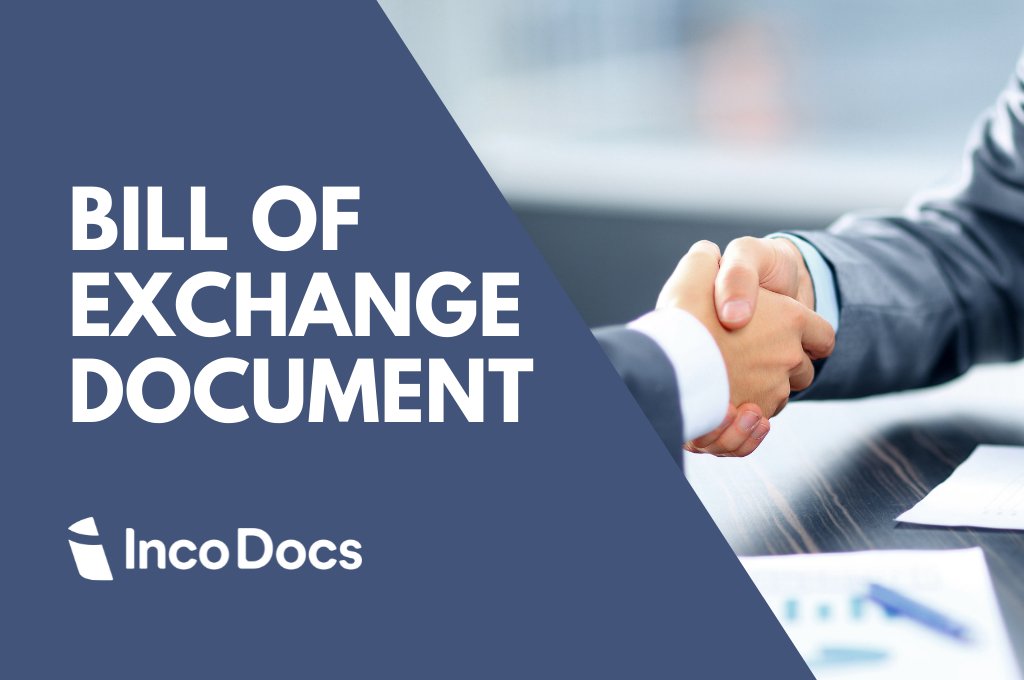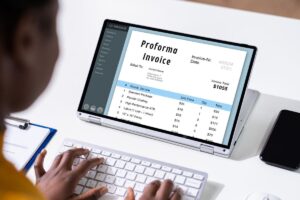Create a Bill of Exchange document format for the export payments process
What is a Bill of Exchange document format used for?
A Bill of Exchange is a document used in global trade. It is a written order that binds one party to pay a fixed sum of money to another party on demand or at a confirmed date.
The Bill of Exchange format is convenient for collecting payments internationally. It helps finance global trade. It can also be discounted with a financial institution to obtain credit.
Although a Bill of Exchange is not a contract, it documents the terms of a transaction. This includes credit terms and interest rates. According to the Bills of Exchange Act 1882, a Bill of Exchange is:
An unconditional order in writing, addressed by one person to another. It is signed by the person giving it. It requires the person to whom it is addressed to pay on demand or at a fixed or determinable future time. The payment is a certain sum in money to a specified person or to the bearer.
What are the different types of Bills of Exchange used?
There are several types of Bills of Exchange that are used:
- A Bill of Exchange that has been issued by a bank is known as Bank Draft, whereas the issuing bank guarantees payment.
- A Bill of Exchange that has been issued by an individual is known as a Trade Draft.
- If a Bill of Exchange is to be paid immediately or on demand then it’s known as a Sight Draft. A sight draft will allow the exporter to retain title of ownership of the goods until the importer takes delivery or immediately pays the sight draft.
The exporter may allow the funds to be paid at a later date (after the importer has received the goods) to give the importer more time to receive the goods before making the payment.

How a Bill of Exchange Works
When products are shipped, the exporter draws the Bill of Exchange on the importer or the importer’s bank. The exporter gives a set of shipping documents, including the Bill of Lading, to their bank (the remitting bank). The remitting bank sends these documents to the importer’s bank (the collecting bank).
The importer’s bank presents the Bill of Exchange to the importer, asking them to accept or pay the Bill.
What is ‘Documents Against Acceptance’ and ‘Documents Against Payment’?
If the importer receives the shipping documents on ‘acceptance’ of the Bill, it is called Documents Against Acceptance. If the importer receives the shipping documents after payment, it is called Documents Against Payment.
Once the buyer accepts or pays the Bill, the collecting bank releases the shipping documents and the original Bill of Lading. This allows the importer to obtain ownership of the cargo. If the collecting bank releases the shipping documents without receiving acceptance or payment, the bank becomes liable.
How to create and download a Bill of Exchange document
In the past, some shippers have messed around with creating documents in Word or Excel templates. Shippers now use IncoDocs to digitally complete and sign Bill of Exchange documents, then download the Bill of Exchange PDF copies to share with other export documentation for International shipments.
Shippers complete Bills of Exchange in minutes by eliminating data re-entry and clicking to pre-fill contact information into the document. Try it yourself with IncoDocs.
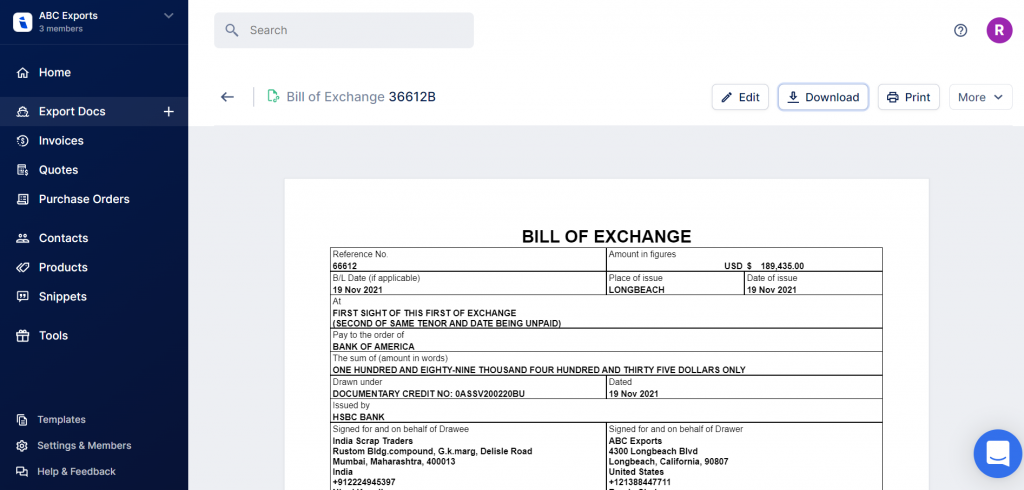
What information is required on a Bill of Exchange document?
It’s important that enough detail is provided on the Bill of Exchange to avoid any issues or misunderstandings between all parties involved in the process.
The details to be included on a Bill of Exchange document:

- Reference Number (usually related to a shipment or Commercial Invoice reference number)
- Amount in Figures, Currency
- Bill of Lading date (if applicable)
- Place and Date of Issue
- At (details confirmed between seller and buyer)
- Pay to the order of (Exporter’s Bank)
- The sum of (amount in words)
- Drawn under (reference numbers)
- Dated
- Issued by (Bank)
- Signed for and on behalf of Drawee
- The party whom the bill is drawn to, the exporter will draw the bill on the importer (Drawee). The Drawee is the debtor that owes money to the creditor (exporter).
- Signed for and on behalf of Drawer
- The party that has issued the Bill, the exporter (Drawer).
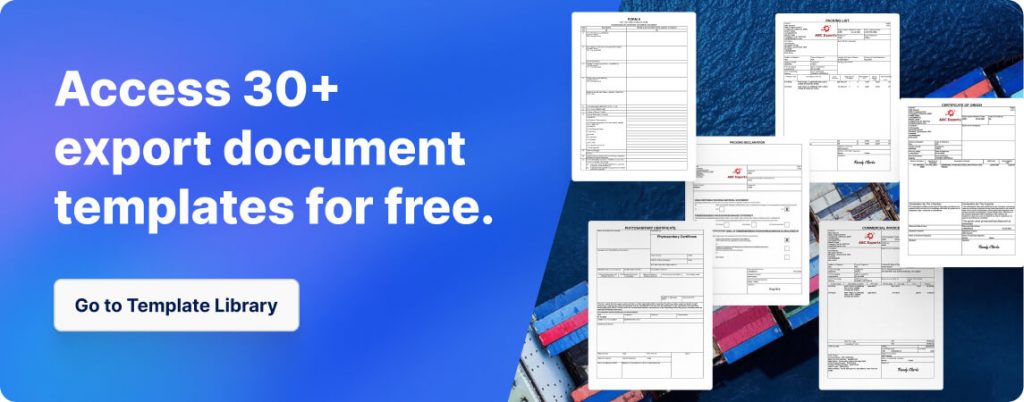
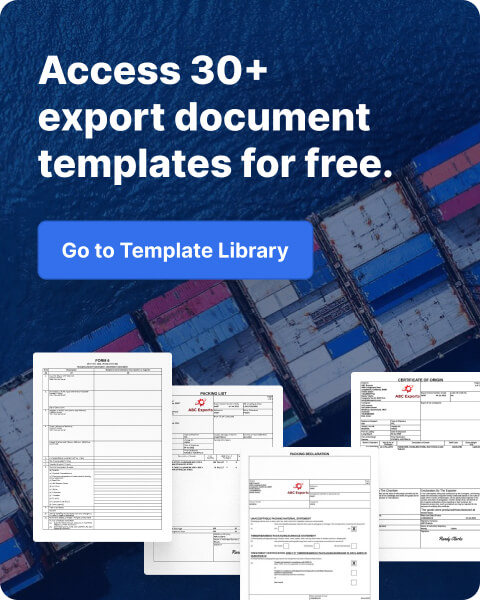
What other documents are associated with the Bill of Exchange document?
Various documents are issued for international commerce. Along with the bill of exchange the most common shipping documents include Commercial Invoices, Packing Lists (for FCL, LCL Air or Consolidated shipments), Verified Gross Mass Declarations (VGM), Shipper’s Letter of Instruction (SLI), Forwarding Instructions (FI) and Certificate of Origins.
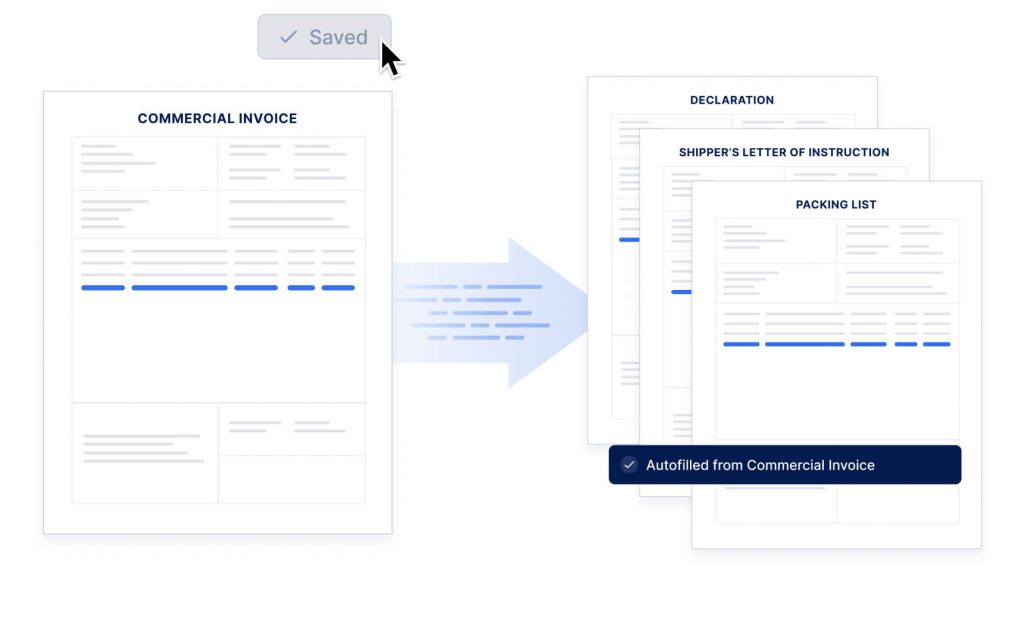
What is the difference between a bill of exchange and an invoice?
A bill of exchange and an invoice serve different purposes in trade. A bill of exchange is a negotiable instrument that orders one party to pay a fixed sum of money to another party on demand or at a future date. It involves three parties: the drawer, the drawee, and the payee. An invoice, on the other hand, is a document issued by a seller to a buyer listing the goods or services provided and the amount due. It does not include a promise to pay and is not a negotiable instrument. The bill of exchange can be transferred through endorsement, while an invoice cannot.
What banks accept bills of exchange?
Many banks accept bills of exchange, especially those involved in international trade. These include major commercial banks like HSBC, Citibank, and JPMorgan Chase. These banks act as remitting or collecting banks, handling the transfer and payment process. They ensure the drawee’s acceptance and facilitate the payment to the payee. Banks also discount bills of exchange, providing immediate cash to the drawer before the due date.
How does bill of exchange differ from promissory note?
A bill of exchange and a promissory note are both financial instruments, but they have key differences. A bill of exchange is drawn by a creditor (drawer) and requires the debtor (drawee) to pay a specific sum to a third party (payee). It can be transferred through endorsement. It is payable on demand or at a future date. A promissory note, however, is a written promise to pay a specific sum by the maker (debtor) to the payee. It does not involve a drawee and is not transferable by endorsement. Both instruments are used to manage liability, but the bill of exchange involves more parties and is often used in trade transactions.
What are some differences between a Bill of Exchange and a Check?
A bill of exchange and a check are both payable on demand, but they have several differences. A bill of exchange can specify a future due date, while a check must be payable on demand. Bills of exchange involve a drawer, a drawee, and a payee, whereas checks always involve a bank as the drawee. Bills of exchange can accrue interest if not paid on the due date, and checks do not. Additionally, a bill of exchange can be transferred through endorsement and used in various transactions. In contrast, a check is primarily a banking instrument. If a check is not honored, a notary can document the non-payment, which adds a layer of legal liability.
